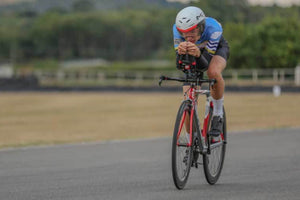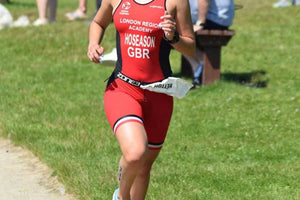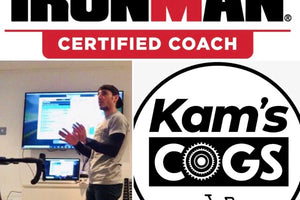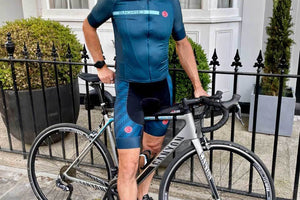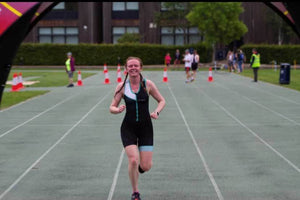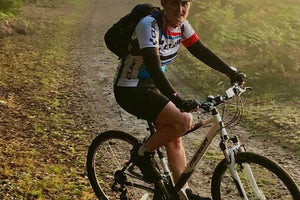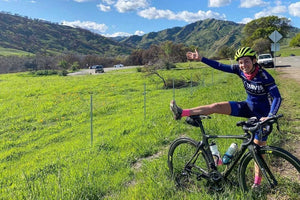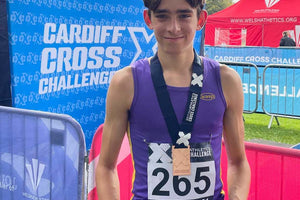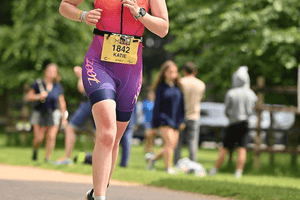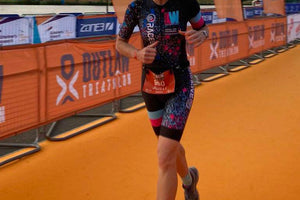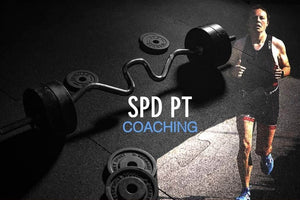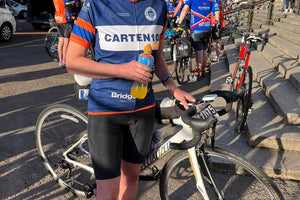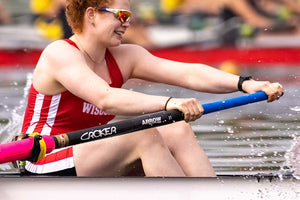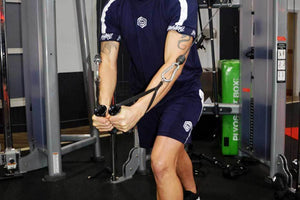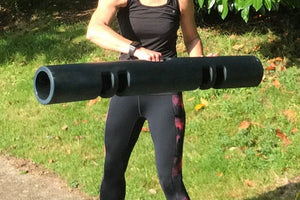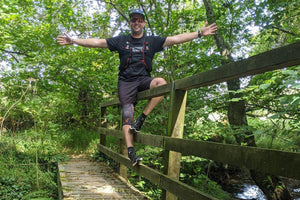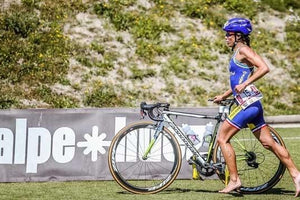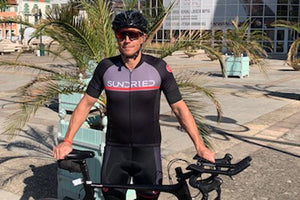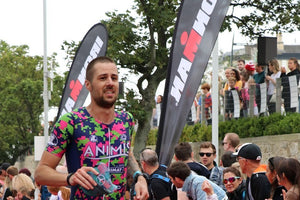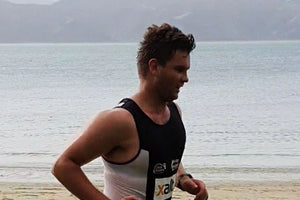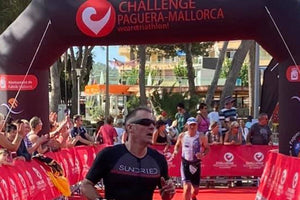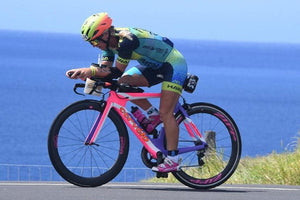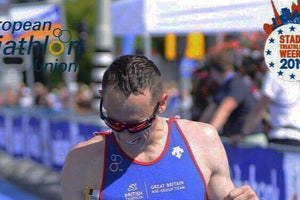
Team GB Age Group triathlete and Sundried ambassador Leigh Harris gives us his insight into training as an amateur yet high level athlete while juggling work and family life.
Training and Time Management
Recently, a friend asked me about training and time management. With a busy job, young family, two dogs and other commitments, I must admit it can be hard to fit training into a daily schedule.
It’s important to get the balance right. I must be regimented to get in the training I need as an amateur athlete but also allow time for family, work, and all-important rest.
Consistency
For me, consistency and flexibility play key roles. If you want to see the most gains or improvements in your training and racing, you've got to be consistent, however, it's important to have a training plan that is realistic for your schedule. A schedule that will allow you to be successful includes adequate time for training, recovery and is in harmony with both family and your work life.
Trying to cram in training and not allowing enough time for recovery or having a training plan that puts stress on work and family time won't be sustainable over the long term.
Some weeks I train up to 15 hours, other weeks I struggle to do 7 hours, this inconsistent training used to frustrate me, however, having worked with sport psychologist Evie Serventi (www.evieserventi.com) she has helped me to understand that training isn’t necessarily about quantity but instead is about quality. You need to make every session count, know the purpose for each session and the benefit each workout is giving you.
This ethos has help me to develop a training plan that fits in with my busy life and allows for consistency.
Developing a training plan
My training plan doesn’t change greatly from week to week. I have a number of key workouts that I repeat without fail and I view these as my core sessions where I see the biggest gains. The remainder of my training is flexible and fits around family and other commitments. These core sets also keep training simple; knowing I will do a certain type of workout each Monday brings better time management and provides stability for the family.
When planning my training schedule, I start with 4 core sessions per week – 1 run speed/track workout, 1 bike speed or hill efforts, 1 gym/strength and 1 swim speed set. These sessions are consistent throughout my training.
Having set my core sessions, I then incorporate my endurance (long run, swim or bike), technique (swim or run) and recovery (stretching and rolling) sessions into the plan. I like to keep these flexible so that I can fit them in around work and family commitments.
I complete a lot of my training either first thing in the morning, at lunchtime, or after the little ones are in bed. I struggle to complete high intensity workouts first thing, so these sessions tend to be either strength training or endurance based.
Most of my high intensity sessions are completed in the evening where I don’t need to rush and can really concentrate on getting the best out of the workout and my body.
If I only manage to train 7-10 hours a week then there’s no real need taking recovery sessions and easy weeks, it’s unlikely that I’ve done enough to warrant that rest. I use my endurance/technique sessions as a gauge of how I’m feeling but most importantly I listen to my body.

Nutrition
Another important aspect of my training is to ensure that I’m fueling my body properly. I don’t follow any strict diet, I just make sure I eat sensibly, have a healthy balanced diet and eat everything in moderation. This helps me to recover quickly, ensures I’m ready for the next session and provides consistency to my training.
Training/Life balance
Finally, it’s very important to get your family on board with what you want to achieve. You won’t be able to do it without their support and unless you can communicate your goals with them, then it’ll be hard for them to understand your training.
Triathlon will certainly impact their life as well as yours and it’s important that you can give back. I always try to factor in my family whenever I can, either by training with them (kids bike while I run), going to races together or simply socialising with other members of my triathlon club.
This year I qualified to compete at the World Triathlon Championships for team GB in Australia, we will be travelling out there together and will experience the build up to the championships and the racing as a family.
I can’t wait to have my family cheering me on and they are so excited to see me racing for my country. It’s that enthusiasm that keeps me motivated and helps them understand why I train.
About the author: Leigh Harris is a Team GB Age Group Triathlete and Sundried ambassador.
Read more: Winter Circuit Workout By Leigh Harris
Read more: Hole Park MTB Duathlon Race Report By Leigh Harris








